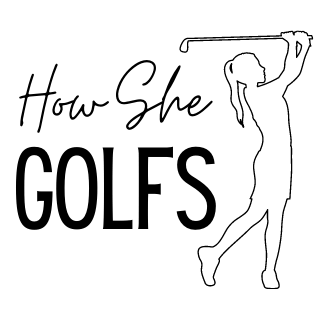Birdies In Golf: History And Meaning Explained
In golf, par is the number of golf strokes a player should need to complete a hole. A birdie is when a player completes a hole by scoring one less stroke than par.
For example, if you are golfing on a par-3 hole, you would need to complete it in 2 strokes to score a birdie. If you’re lucky and skilled enough to score two strokes under par, that’s an eagle, not a birdie!
Recording birdies requires skill from the time you tee off to when you sink your putt. From amateurs to the pros, birdies are the goal for every golfer, especially when playing the Stableford golf format.
RELATED: Stableford Points In Golf: Everything You Need To Know
Up next, we go over the history of the term birdie, how to score one, and the best strategies to improve your chances.
Where Did The 'Birdie' Golf Term Come From?
The term 'birdie' originated in the United States. In 19th-century American slang, 'bird' referred to anyone or anything that was wonderful.
In 1903, Abner “Ab” Smith hit a long approach shot that landed within inches of the cup during a foursomes match played at the Atlantic City (N.J.) CC. The result caused one of the group’s members to exclaim, “That’s a bird of a shot!”
As time went on, Ab claimed it actually happened in 1899 and that he both made the birdie and was the one that said, "That's a bird of a shot!" Whenever it actually happened, that is the story of where the term “birdie” in golf originated.
Source: Golf Digest
How To Score A Birdie In Golf
Scoring a birdie usually comes from experience and skill, but sometimes you can get just get lucky.
Here are some tips that might help:
Use golf clubs that are designed to get you the most out of each swing.
Clean your golf clubs and balls to maximize performance.
Practice your golf swing at a driving range or a par-3 course.
Know your average golf club distances.
Wear proper golf attire that provides comfort and functionality.
Take golf lessons to improve your game.
Hit a long and straight drive off the tee to set yourself up for success.
Know which golf shot and club to use on each hole.
Unload negative thoughts and energy because a calm and focused mindset can improve your game. As the quote from famous golfer Tommy Bolt says, “The mind messes up more shots than the body”.
Here’s a funny joke about golf for you:
Q: What’s a golfer’s favorite bird?
A: Any birdie will do.
Now that you know more about golf birdies, hopefully you’re ready to hit the course and try it out for yourself. Check out our top 10 golf tips for beginners to help you improve your game even more!

